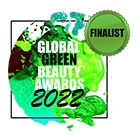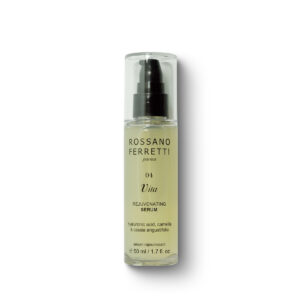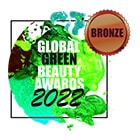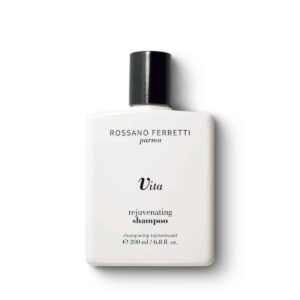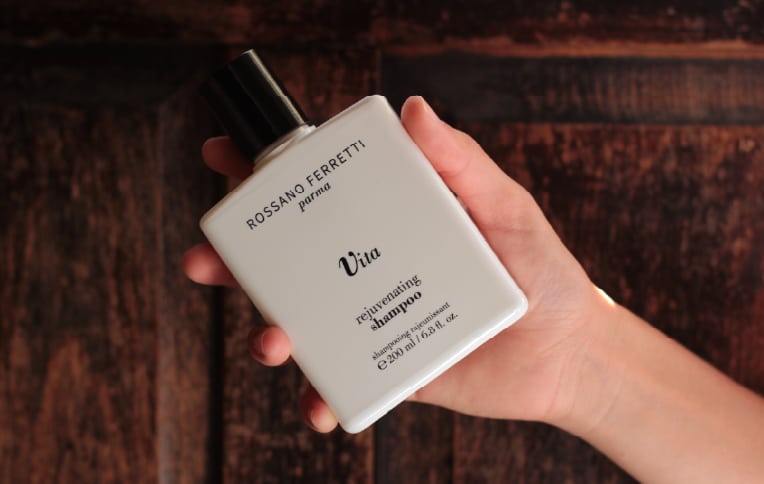The hair care wonders of soy protein
While many an admiring glance has been made in the direction of the discerning user of Rossano Ferretti Vita shampoo, the ingredients that are key in making this prestigious product so instrumental in the revival of lifeless and depleted hair are rather less well-known.
Allow us to burnish you with some useful insight into this matter here at Rossano Ferretti. In particular, we would like to speak today of hydrolyzed soy protein, and the many ways in which it is far from an incidental element of our in-demand anti-ageing shampoo.
What is soy protein?
Hydrolyzed soy protein derives from the soybean plant, which is also known as glycine max or soya bean. The plant is native to East Asia, where its status as a crucial crop was certain long before the commencement of written records.
Soybean is thought to have been domesticated between 7000 and 6600 BC in China, between 5000 and 3000 BC in Japan and in about 1000 BC in Korea, and went on to be cultivated in such territories as the United States, Brazil and Argentina. These three countries remain the world’s three largest soybean producers, accounting for more than 80% of global soybean production.
It is from this plant that hydrolyzed soy protein derives, with hydrolyzed proteins defined as those that have been broken down into smaller chains of amino acids due to reaction with water. It is when soy protein is completely hydrolyzed that soy amino acids result.
What makes soy protein so integral to cosmetics products?
Hydrolyzed soy protein has long commanded considerable respect for its effectiveness as a skin and hair conditioning agent – as capable of reducing flaking as it is of restoring suppleness and significantly enhancing the general appearance and wellbeing of hair and skin alike.
However, the story of many of the underpinning principles of the soybean plant’s fruitful use in cosmetics is not a new one. Plant-derived ingredients were, after all, key to the very first cosmetics. Botanical ingredients won appreciation as natural colourants, fragrant oils for imparting odour, and plant juices for soothing and protecting from insect pests during ancient times, when our societies did not yet possess in-depth knowledge of how science could aid the pursuit of beauty.
An ingredient of remarkable value to hair wellbeing
Today, the safe use of soy proteins and peptides has been established across a wealth of the most luxurious and sophisticated contemporary cosmetics and personal care products. Such offerings encompass not only body, hand, face and neck products but also those for the hair, among their number conditioners, dyes, colours… and, of course, shampoos such as our richly acclaimed Vita.
From cleaning and moisturising to the covering up of blemishes and the treatment of minor skin conditions, the range of applications for which plants were of use in cosmetics ingredients became apparent at an early stage of civilisation.
When hydrolyzed soy protein is produced by way of the enzymatic hydrolysis of soya flour, users can revel in an ingredient that enhances their hair’s gloss, texture, moisture retention, manageability and body.
The world’s most prestigious purveyors of hair care solutions have long recognised the worth of soy protein in increasing hair’s moisture-binding properties, while specifically improving tensile strength and mitigating the damage that can be wrought by bleaching, perming and hot combing.
The rich origins, present and future of a momentous plant
Much scientific debate continues to prevail around the origin of soybean cultivation. However, the plant’s claimed connections to China seem definitive: early records from the country refer to soybeans as a gift from the region of Manchuria and the Korean peninsula. It has been more recently indicated that seeding of wild forms dates back to before 5000 BC, in multiple East Asian locations.
It was Samuel Bowen, a former East India Company sailor and also erstwhile visitor to China with James Flint – the first Englishman given legal permission by the Chinese authorities to learn Chinese – who was responsible for the first introduction of soybeans to North America in 1765. It was with seeds given to him by Bowen that Henry Yonge grew the first ‘New World’ soybean crop on Skidaway Island, Georgia.
Today, soybeans continue to be grown globally in hundreds of millions of tonnes a year, it being revealed in 2014 that the average worldwide yield for soybean crops was 2.6 tonnes per hectare, with Thailand, Turkey and Italy performing most impressively on this score. It is in climates characterised by hot summers that the cultivation of soybean is most successful, the optimum growing temperatures being between 20 degrees and 30 degrees C, or 68 degrees and 86 degrees F.
While there are many different soils in which soybeans can grow, it is moist alluvial soils with a good organic content that offer the most advantageous conditions.
In common with most plants, soybeans grow in distinct morphological stages, developing from seeds into fully mature plants, the first true leaves taking the form of a pair of single blades. Day length is the trigger for flowering, which often commences when days become shorter than 12.8 hours.
A little extra help to beauty, from Rossano Ferretti
Soybean plants may not always seem widely vaunted, and hydrolyzed soy protein not always its most immediately noticed or appreciated product. Nonetheless, no doubt should linger as to the astounding degree to which the latter’s inclusion in sought-after shampoos like Vita can provide you with stronger, more radiant and utterly rejuvenated hair.
Why not join in with the quiet beauty revolution in which our carefully formulated Vita shampoo continues to play a key role, with hydrolyzed soy protein one of the integral ingredients and contributors to its renown?
Our rich, luxurious and delightfully low foam Vita shampoo awaits you. All that you any longer need to do, is place an order.




